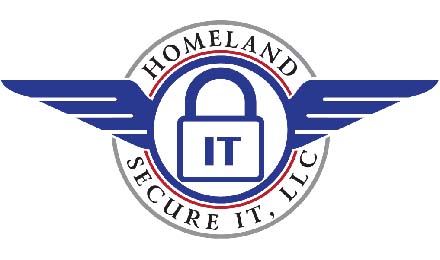The East Coast was ravaged by hurricane Sandy this week, causing still undetermined billions of dollars in damage. We will know more in the coming days, as we find out exactly how many people have perished, how many homes are permanently destroyed and how business and the economy will be affected.
Here, safe and sound in the Upstate of South Carolina, we have only felt a small portion of the devastation ourselves. FedEx and UPS packages have not made it to us yet. Flights were cancelled. Product is back-ordered while factories get their production lines back online… Some of us have had friends or family that were in the Northeast and they are finding out that they are okay (I least I hope they are).
Then we have the one company here in the Upstate who is temporarily out of business. I found out about it through a friend’s Facebook timeline. This company has not been able to run their manufacturing line since the storm hit the NYC area. Three shifts a day are not working. From what I gather, they host their production data in “the cloud”, where the primary servers are located in New York City, with backups in Chicago and Los Angeles.
The NYC data center went down due to power and internet issues immediately, and the mirrored servers both captured bad images of the data from the primary servers, making them useless. One of the backup sites was able to restore to a previous image of the data within a couple hours, and then it was discovered that a key element was not being copied from the primary. With the NYC still offline as of an hour or two ago, and no ETA of when that data center would be live again, the local company in question remains offline.
I was unable to get all of the details, but what I have goes something like this: Two years ago, a new system administrator determined that the local company would save X number of dollar by not hosting the data on their premises and paying for servers. They did a study and it all added up, so they moved to a multi-hosted, private intranet solution. “The Cloud”.
The transition was rough, many roadblocks were encountered, mainly bandwidth, as they had to increase their multiple T1s to a Charter Business Fiber connection to handle the traffic for the administration, design and production lines, and some software had to be rewritten.
After several months, things began to run more like they had in the past, with the exception of long delays while they downloaded larger files. And a number of times, they have lost internet connectivity, taking them down for minutes to hours at a time.
The administrative staff and the designers began to keep copies of the most important files on their local machines. They looked into getting a caching server onsite, but the cost was more than they were wanting to pay.
Now, today, they are completely offline, with no idea of when they will be back in production.
Of course, as an IT provider here in the Upstate, I have already made my pitch to help them relocate their data back to servers they control, with backup on remote servers, but their IT personnel still feel the current way is the best way, even though their “savings” was never realized, with no return on investment. We’ll see. I’ll keep at them.
If your business is considering a move to hosted services, make sure it is right for you. There is a LOT that is often overlooked!
- If you work with large CAD files that take a long time to open on your network now, remember, that you will move from a 100 or 1000 megabit connection, to a MUCH SLOWER connection if you move the files off site.
- If you use Quickbooks or Peachtree, you might find that a connection less than 10meg up and down is simply not going to work for the size of your company file.
- If you run a production line with 50 employees, that would be out of work without an internet connection, this is a bad idea for sure!
There are many factors that may make hosting elsewhere out of the question, but if you don’t know them, it may be too late when you find out.
Call us and schedule a consultation at 864-990-4748!
